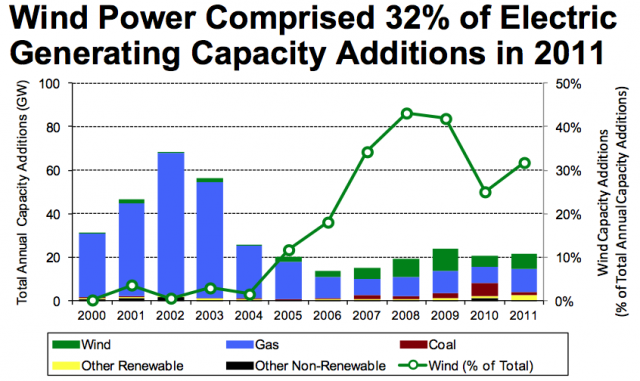
Korean researchers say they’ve found a way to produce an alternative to QR codes that takes up less space, carries far more data, yet costs very little.
The solution involves a rectenna, which takes its name from ‘rectifying antenna’ rather than rectangular. It’s effectively a tiny AC/DC converter that works with microwave energy.
The idea is to harness the energy from a smartphone’s radio waves, convert it to a DC current, and use that to power the data transmission from a chip that can be put onto posters or other displays. It’s a similar concept to Near Field Communications, used in several smartphone “swipe to pay†or “tap to pay†tools, but would allow two-way communication.
The development from Sunchon National University and the Paru Printed Electronics Research Institute is to produce the rectenna using electronic inks. That greatly reduces costs as the rectennas (or rectennae) can simply be printed in rolls rather than produced in a more complicated fashion. The researchers believe each rectenna produced this way could cost as little as 1.5 cents.
Another benefit is that it’s possible to print an extra layer on top the rectenna that contains visual information for the user. This means there’s no need to either print a separate explanation of what the visible chip is for, or to take up space with a QR “barcode†and either explain it or hope people know what it is.
from Geeks are Sexy Technology News






